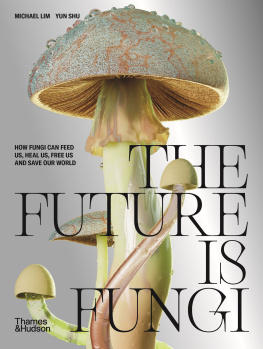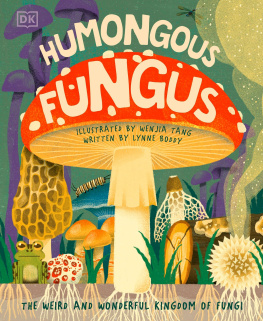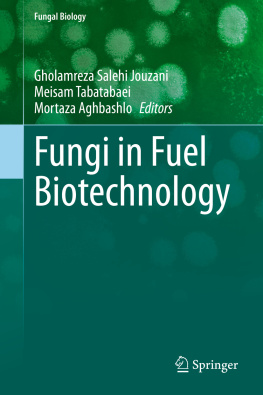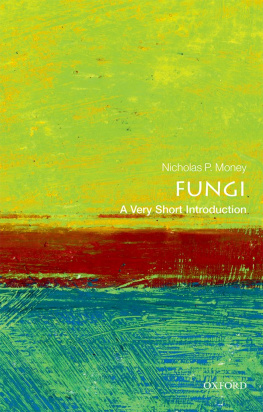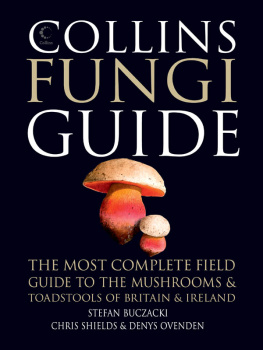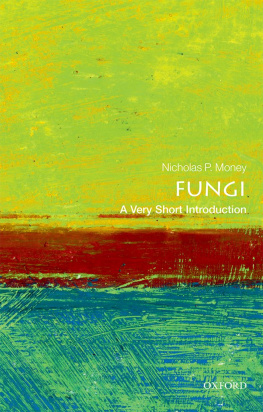Peter Roberts - Fungi: A Species Guide
Here you can read online Peter Roberts - Fungi: A Species Guide full text of the book (entire story) in english for free. Download pdf and epub, get meaning, cover and reviews about this ebook. year: 2021, publisher: Gems of Nature, genre: Detective and thriller. Description of the work, (preface) as well as reviews are available. Best literature library LitArk.com created for fans of good reading and offers a wide selection of genres:
Romance novel
Science fiction
Adventure
Detective
Science
History
Home and family
Prose
Art
Politics
Computer
Non-fiction
Religion
Business
Children
Humor
Choose a favorite category and find really read worthwhile books. Enjoy immersion in the world of imagination, feel the emotions of the characters or learn something new for yourself, make an fascinating discovery.

- Book:Fungi: A Species Guide
- Author:
- Publisher:Gems of Nature
- Genre:
- Year:2021
- Rating:4 / 5
- Favourites:Add to favourites
- Your mark:
- 80
- 1
- 2
- 3
- 4
- 5
Fungi: A Species Guide: summary, description and annotation
We offer to read an annotation, description, summary or preface (depends on what the author of the book "Fungi: A Species Guide" wrote himself). If you haven't found the necessary information about the book — write in the comments, we will try to find it.
Fungi: A Species Guide — read online for free the complete book (whole text) full work
Below is the text of the book, divided by pages. System saving the place of the last page read, allows you to conveniently read the book "Fungi: A Species Guide" online for free, without having to search again every time where you left off. Put a bookmark, and you can go to the page where you finished reading at any time.
Font size:
Interval:
Bookmark:
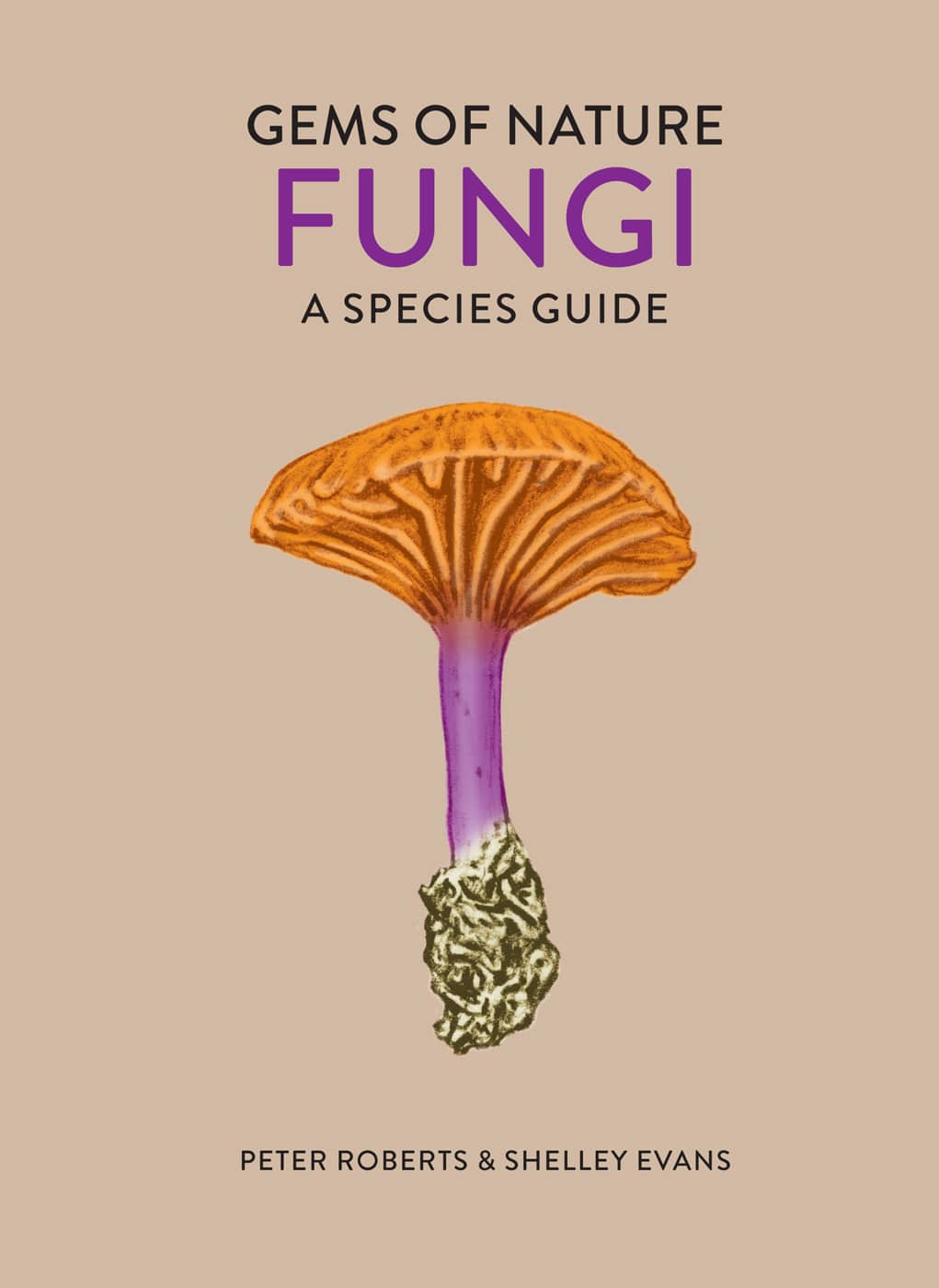
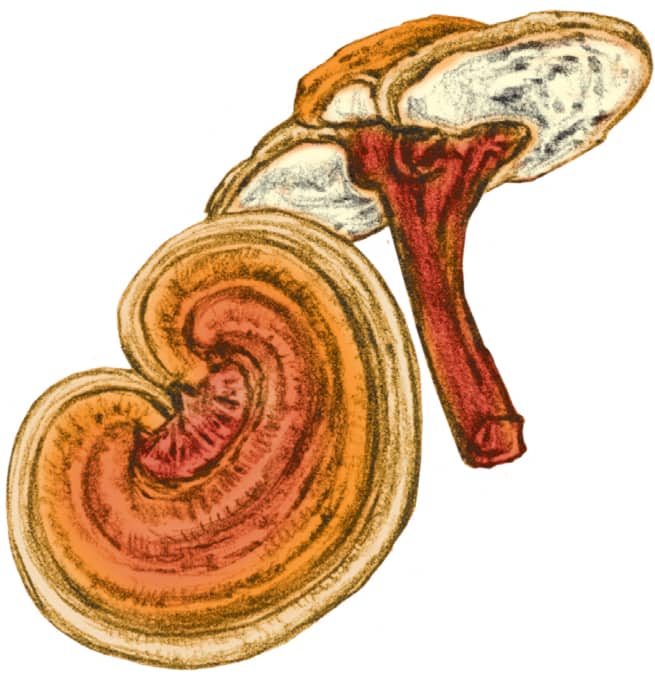

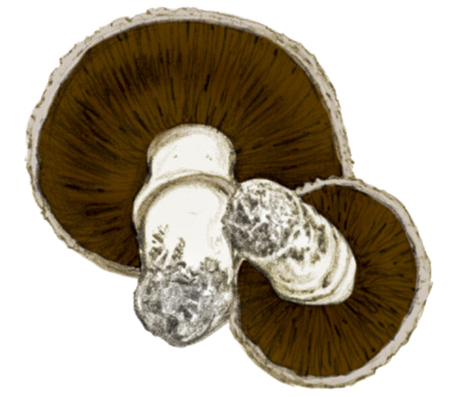
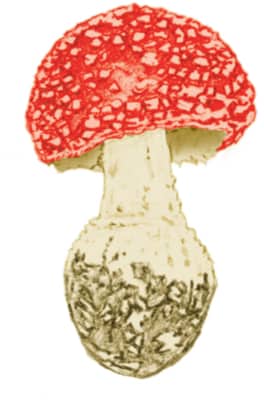
Colorful, bizarre, mysteriousfungi have evolved an extraordinary range of weird and wonderful shapes and forms in every part of the globe, from the tropics to the poles. Titanic toadstools erupt from termite mounds, evil-smelling stinkhorns attract flies to spread their spores, flamboyantly colored corals emerge in the depths of forests fungi are hard at work all around us, yet all too often they go unnoticed and unappreciated.
More than 75,000 species of fungi have been described worldwide and the numbers keep growing, year by year. This book dips into the kingdom of the fungi with a carefully chosen selection of 75 different species, each one of interest not just for its appearance, but also for the role it plays in the great chain of life.
Everyone knows that some fungi are edible and that mushrooms are cultivated for food. But did you know that most trees and flowering plants also depend on fungal partners for their nutrition? Or that all the wood in the world is rotted down and recycled by fungihelping to create the fertile soils that plants need to grow? Or that many of the antibiotics we depend upon today were originally derived from fungi?
Each species featured in this book has its own particular lifestyle and this lifestyle often dictates its form. There are fungi described that look like miniature birds nests and use raindrops to catapult their spores into the air, fungi that engulf their neighbors to create bizarre hybrid fruitbodies, fungi that attract insects with scarlet tentacles resembling flowers, fungi that protect themselves with leathery arms that open in the rain and close again when dry, fungi that entice foraging sows with the pheromones of wild boars.
Edible fungi are featured, including some of the less familiar species that are now finding their way onto supermarket shelves. Poisonous and hallucinogenic fungi are also here, as well as several that have been found to possess potentially useful propertiesparticularly in the search for new and better pharmaceuticals.
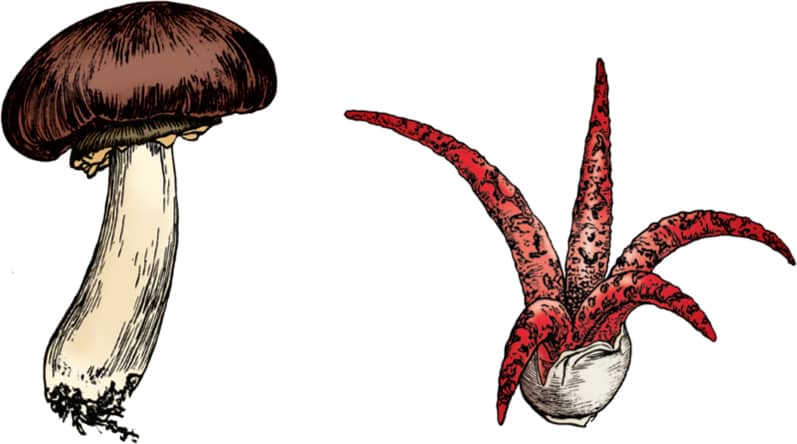
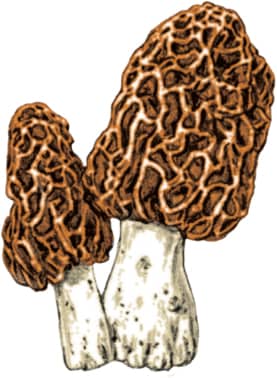
A hundred years or more ago, fungi were thought of as lower plants or cryptogams, on a par with mosses and liverworts. They did not produce flowers and their seeds were very small, but they were still plants of a sort. However, it gradually became clear that fungi had little or nothing to do with plants. They were not made of cellulose, like plants, but of chitin (a substance more usually associated with insects). They did not contain chlorophyll and could not use sunlight to convert carbon dioxide into sugars. As a result, in the 1960s, they were placed in their own groupingthe kingdom Fungi. Curiously, modern DNA research puts the fungi even farther from plants. Fungi are part of the opisthokontsa group that also includes the animals. It seems animals and fungi once had a common ancestor, some time after plants went their separate way.
Modern systematics, based on analysis of DNA sequences, divides the kingdom Fungi into at least seven different groups or phyla. Although they are all of interest (fungi in the phylum Neocallimastigomycota, for example, live in the stomachs of ruminants, helping to break down plant material), most are microscopic and beyond the scope of this book. All the selected species in this book, therefore, belong either to the Ascomycota or to the Basidiomycotathe two fungal phyla that produce large, visible fruitbodies.
The Ascomycota contains at least 40,000 different species worldwide, many of them rather inconspicuous, but including such familiar groups as the morels and truffles, the cup fungi, and most of the lichens, as well as many microscopic molds and yeasts. They all produce their spores within microscopic cells called asci, which typically open under pressure when mature, shooting the spores out into the air currents.
The Basidiomycota contains at least 30,000 different species worldwide and includes many of our most familiar fungi, including all the agarics (mushrooms and toadstools), puffballs and stinkhorns, bracket fungi, chanterelles, club and coral fungi, as well as the plant-parasitic rusts and smuts. All of them produce their spores on the external surface of microscopic cells called basidia (hence their name) and their fruitbodies have evolved in many ingenious ways in order to liberate these spores.
In this book, the species have been arranged in a similar way to most practical field guides, with the agarics (gilled mushrooms and toadstools) first, and the boletes or ceps second. Other non-gilled relativesincluding chanterelles, brackets, and puffballsfollow in their various groups, while the larger ascomycetesincluding the morels and trufflescomplete the selection.
While animals and plants are made up of cells, fungi are made up of microscopically thin, tubelike hyphae. When they clump together, these hyphae can often be seen as cobwebby threads in damp leaf litter, in compost, or even on the surface of moldy food.
Fungi eat by absorbing food through their hyphal walls, mostly in the form of simple sugars and amino acids. If these are not immediately available, they can extract them from more complex substances by secreting enzymes. Animals, including ourselves, use similar enzymes in the stomach to digest food. Fungi do the sameonly their digestive system is external.
When we look at a fungus, we are generally looking at a sporocarpthe spore-producing fruitbody that may be called a mushroom, a toadstool, a puffball, and so on. The real fungusthe cobwebby mycelium made up of hyphaeis generally beneath the soil, or spreading through the leaf litter, or running through a fallen log. It is rather as if oak trees grew hidden underground and all we saw were acorns periodically forming on the surface.
Take the Death Cap (Amanita phalloides, see opposite) as a classic example of a fungal fruitbody. It takes several weeks to develop on the mycelium, but once developed it expands quite rapidly from the button stage to maturity. It is this expansion that gave rise to the old idea of mushrooms and toadstools growing overnight.
The fruitbody has a distinct stem that lifts the cap and gills off the soil surface, the better to release spores into the air. The spores themselves (the fungal equivalent of seeds) are microscopic and are formed in their millions on the gills, which are covered by the cap. In the Death Cap, the immature gills are protected by a veil (membrane) that ruptures as the cap expands, leaving a ring on the stem. A second, universal veil encloses the whole fruitbody when young, the remains of which are left as detachable patches on the cap and as a sack-like volva at the stem base.
Font size:
Interval:
Bookmark:
Similar books «Fungi: A Species Guide»
Look at similar books to Fungi: A Species Guide. We have selected literature similar in name and meaning in the hope of providing readers with more options to find new, interesting, not yet read works.
Discussion, reviews of the book Fungi: A Species Guide and just readers' own opinions. Leave your comments, write what you think about the work, its meaning or the main characters. Specify what exactly you liked and what you didn't like, and why you think so.

